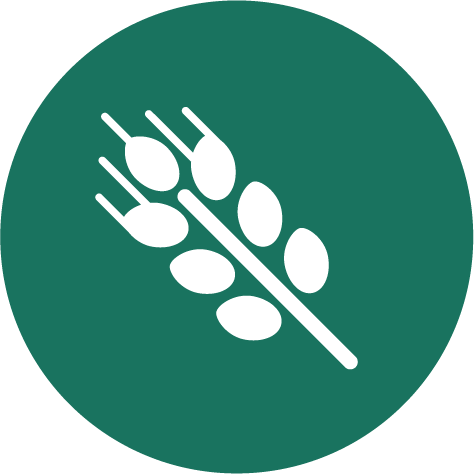 Agriculture & Agri-Food
Agriculture & Agri-Food Online at your own pace
Online at your own pace Fall Term
Fall Term Winter Term
Winter Term Spring/Summer Term
Spring/Summer Term Less than $500
Less than $500 English
English
This microcredential introduces the main sources of GHG emissions in cropping systems (tillage, nutrient management and pest management) and will assist learners in identifying cropland management practices to reduce GHG emissions and sequester carbon. Based on current research and best practices, learners will develop farm-specific strategies for their crops operation that reduce GHG emissions and increase carbon sequestration.
By the end of this training, learners will develop farm-specific strategies for a crop production operation that reduces greenhouse gas emissions and increase carbon sequestration.
Note: Successful completion of the Climate Smart Agriculture Fundamentals microcredential is a pre-requisite for this microcredential.
By the end of this training, learners will develop farm-specific strategies for a crop production operation that reduce GHG emissions and increase carbon sequestration.
The assessment for this microcredential will require learners to build upon the strategies developed in the Climate Smart Agriculture Fundamentals microcredential with strategies specific to a crop production operation, including:
In order to develop competency, learners will:
Learners will develop farm-specific strategies for a crop production operation that reduce GHG emissions and increase carbon sequestration.
 Fall Term
Fall Term Winter Term
Winter Term Spring/Summer Term
Spring/Summer Term